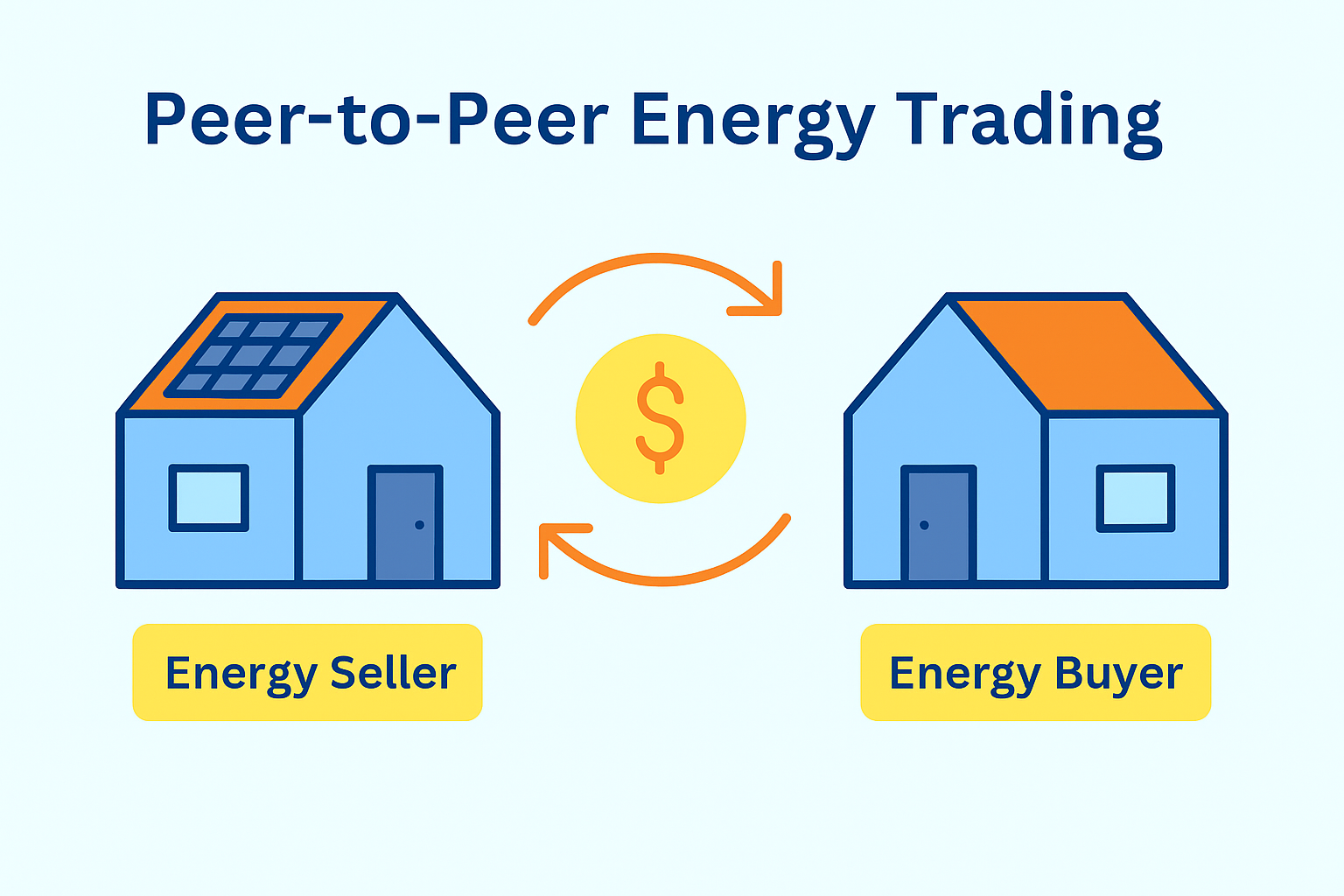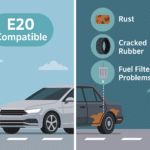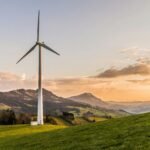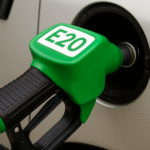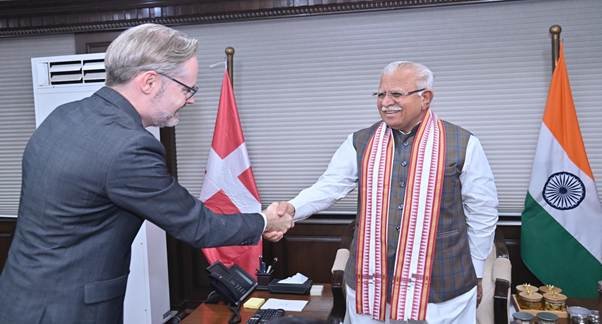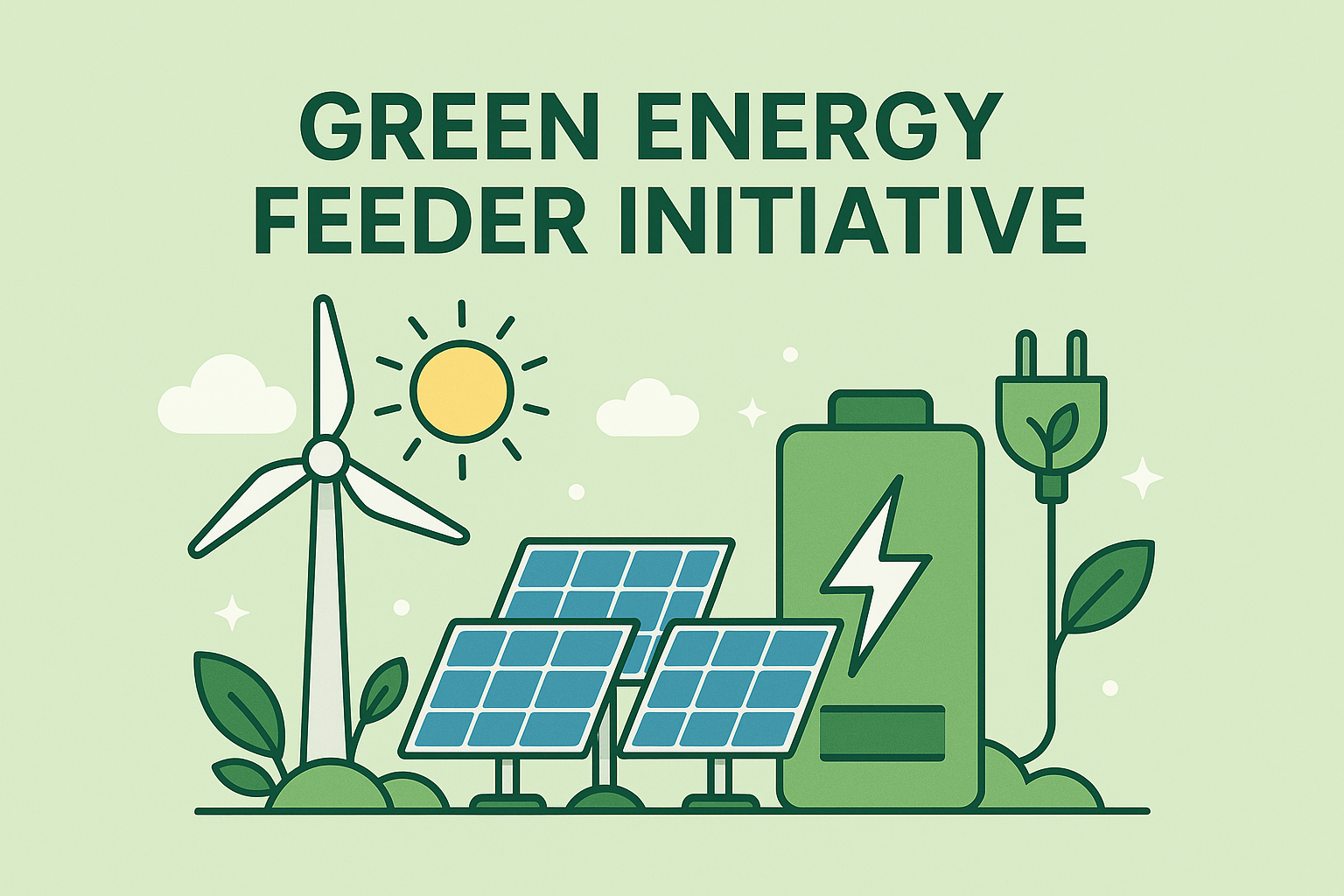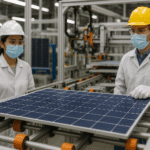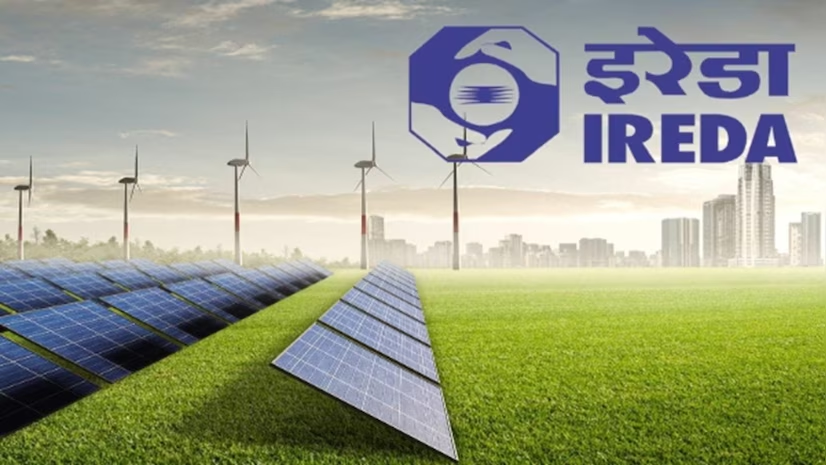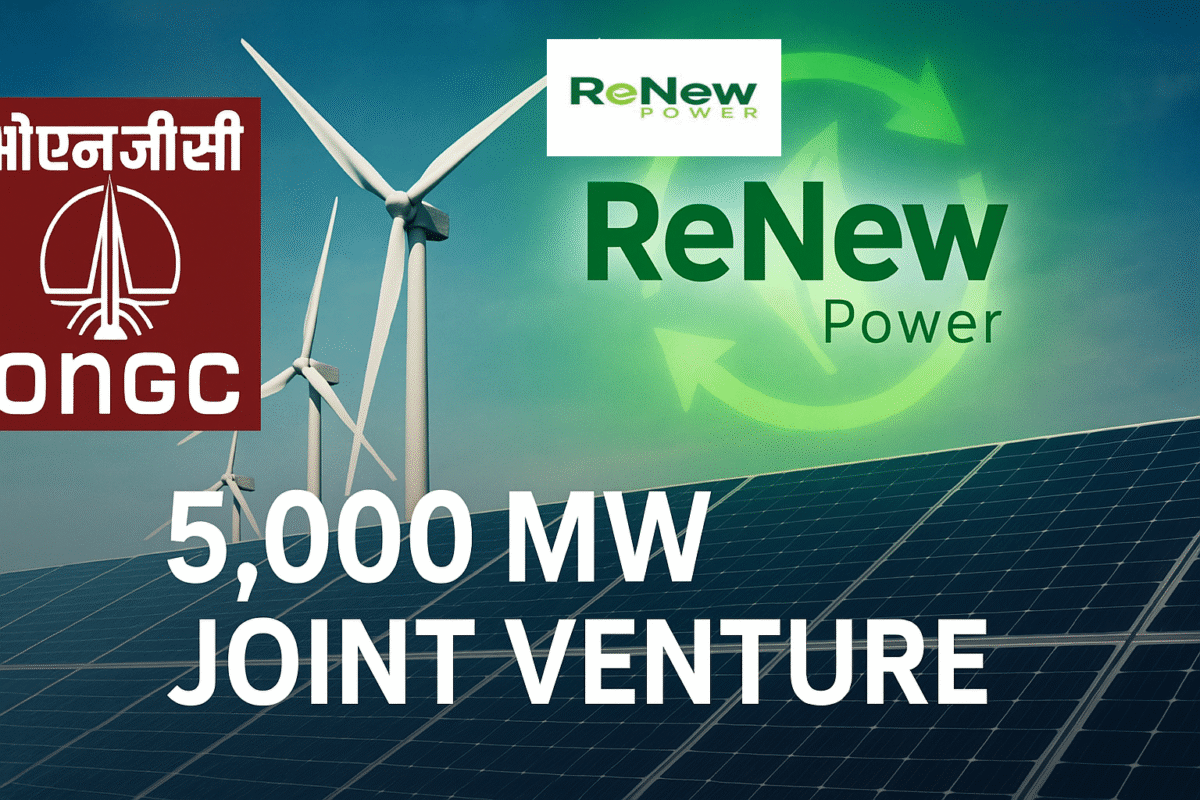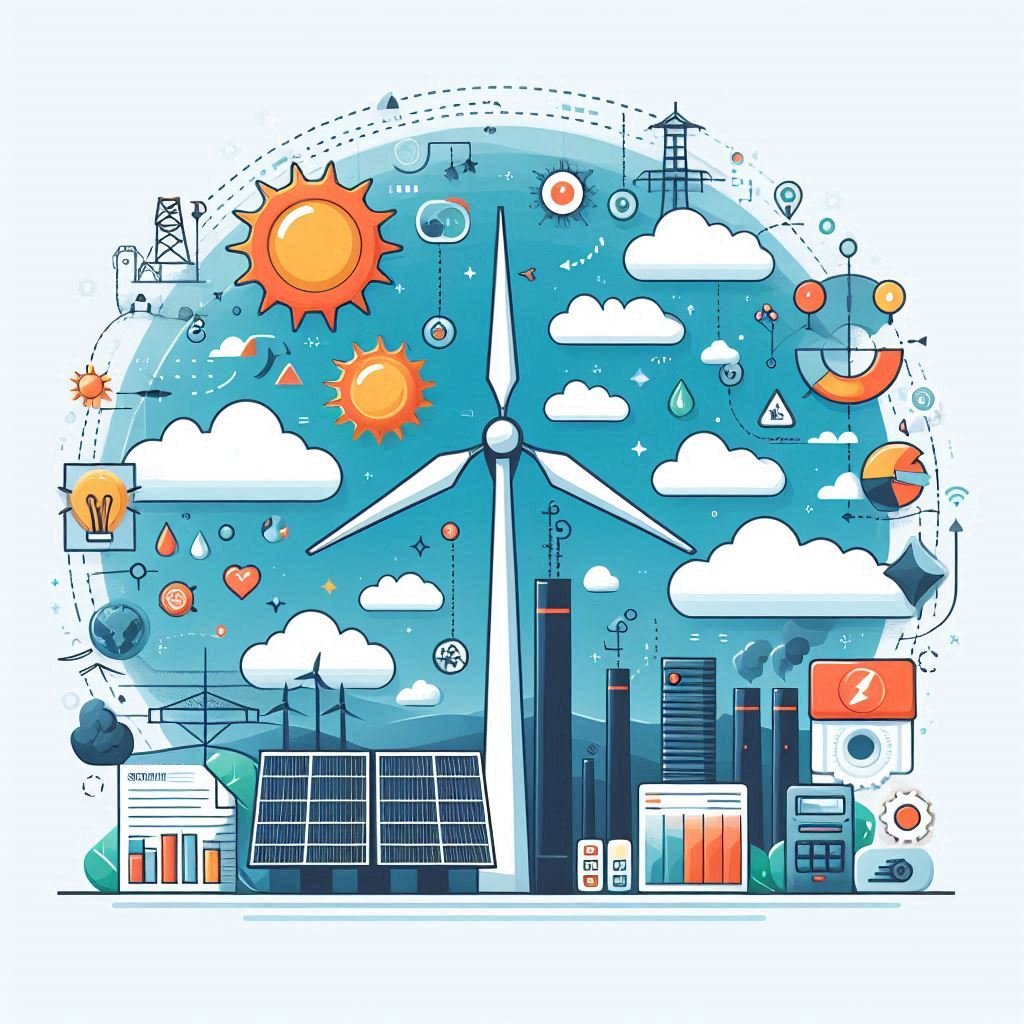On 21 May 2025, India’s Ministry of New and Renewable Energy (MNRE) and Denmark’s Energy Agency formalized a bilateral research and development (R&D) program to fast-track two of the energy transition’s most critical technologies: offshore wind and green hydrogen. Framed as a five-year collaboration, the initiative combines Denmark’s decades of marine-energy expertise with India’s ambitious targets—30 GW of offshore wind and 5 million tonnes per annum of green hydrogen by 2030—to develop pilot projects, refine techno-economic models, and build supply-chain readiness for both sectors.
Scope and Structure of the R&D Fund
The joint R&D program has been capitalized at €30 million (approximately ₹290 crore), with equal contributions from both governments. It will solicit competitive proposals in three thematic areas:
- Offshore Wind Feasibility & Site Assessment
- Maritime Spatial Planning: Detailed oceanographic and environmental studies for proposed zones off Gujarat and Tamil Nadu, using Danish modeling tools adapted to Indian coastal conditions.
- Turbine Technology Adaptation: Testing of 12–15 MW turbine designs for monsoon-resilient operation, including salt-fog corrosion trials and floating substructure concepts.
- Port and Logistics Infrastructure
- Capacity Upgrades: Engineering assessments for upgrading ports in Mundra, Dhamra, and Krishnapatnam to handle the heavy lifts and large components of next-generation turbines.
- Supply-Chain Mapping: Identifying domestic suppliers of steel and composites for towers and blades to reduce import dependency.
- Green Hydrogen Integration & Conversion
- Electrolyzer Pilots: Small-scale demonstration plants (5–10 MW) co-located with offshore wind farms to test dynamic dispatch and grid-balancing capabilities.
- Techno-Economic Modeling: Lifecycle costing, carbon-intensity analysis, and offtake-pricing frameworks to underpin future tenders and PPAs.
A joint steering committee—chaired by MNRE’s Joint Secretary for Renewable Energy and Denmark’s Director General for Energy—will oversee fund allocation, progress monitoring, and intellectual-property management.
Historical Context of India–Denmark Collaboration
The seeds of this partnership were sown in 2022 with the launch of the India-Danish Centre of Excellence for Offshore Wind and Renewable Energy. That program mapped 15 potential offshore sites (14 in Tamil Nadu, 1 in Gujarat) and provided initial bathymetric and wind-resource data, drawing on Denmark’s experience in the North Sea . Concurrently, in July 2022 MNRE issued its first draft offshore-wind tender—later revised in 2023 to include floating substructures—based in part on Danish technical guidance.

On the green-hydrogen front, India’s National Green Hydrogen Mission, announced in January 2023 with a ₹19,744 crore outlay, set targets for 5 MTpa electrolyzer capacity by 2030. Meanwhile, Danish firms like Ørsted and Haldor Topsoe have been active in Indian feasibility studies, particularly for integrating alkaline and PEM electrolyzers with renewable supply. The new R&D fund builds on these foundations by moving from feasibility to field validation.
Expected Outcomes and National Impacts
Technology De-risking & Localization
By testing turbines and electrolyzers under India’s high-humidity, high-salinity maritime environments, the program will accelerate the indigenization of critical components—reducing capital costs by an estimated 15–20 percent and cutting project lead times by 6–9 months.
Financing Readiness
Validated techno-economic models and standardized procurement frameworks will enable multilateral development banks and pension funds to underwrite early-stage offshore-wind and hydrogen projects, potentially unlocking $5–7 billion in private investment by 2028.
Skill Development & Jobs
Training programs for port engineers, offshore-installation vessels crews, and electrolyzer maintenance technicians are built into the collaboration, aiming to upskill 3,000 Indian professionals over five years and create 8,000 direct jobs across coastal states.
Challenges and Mitigation Strategies
- Monsoon Season Constraints: High wave and wind conditions during India’s June–September monsoon require specialized installation vessels and robust substructures; the R&D program includes scaled wave-tank testing to refine designs.
- Regulatory Coordination: Streamlining approvals across the Ministry of Ports, IPC, and coastal authorities is critical—hence the steering committee’s mandate to align inter-ministerial processes.
- Grid Integration: Intermittency from offshore wind and electrolyzer loads necessitates grid-balancing solutions; pilots will explore hybrid storage and demand-response mechanisms.
Outlook and Next Steps
The first call for proposals is expected in August 2025, with project awards by Q1 2026. Pilot installations could commence by late 2027, feeding into India’s planned first offshore-wind tender (expected Q2 2026) and the next wave of green-hydrogen auctions. Success will not only cement India–Denmark ties but also position India as a global testbed for tropical offshore-wind and large-scale green hydrogen deployment.
As the world races to decarbonize, this strategic alliance—a fusion of Danish marine-energy prowess and India’s renewable ambitions—offers a clear path to scalable, bankable, and localized clean-energy solutions.



